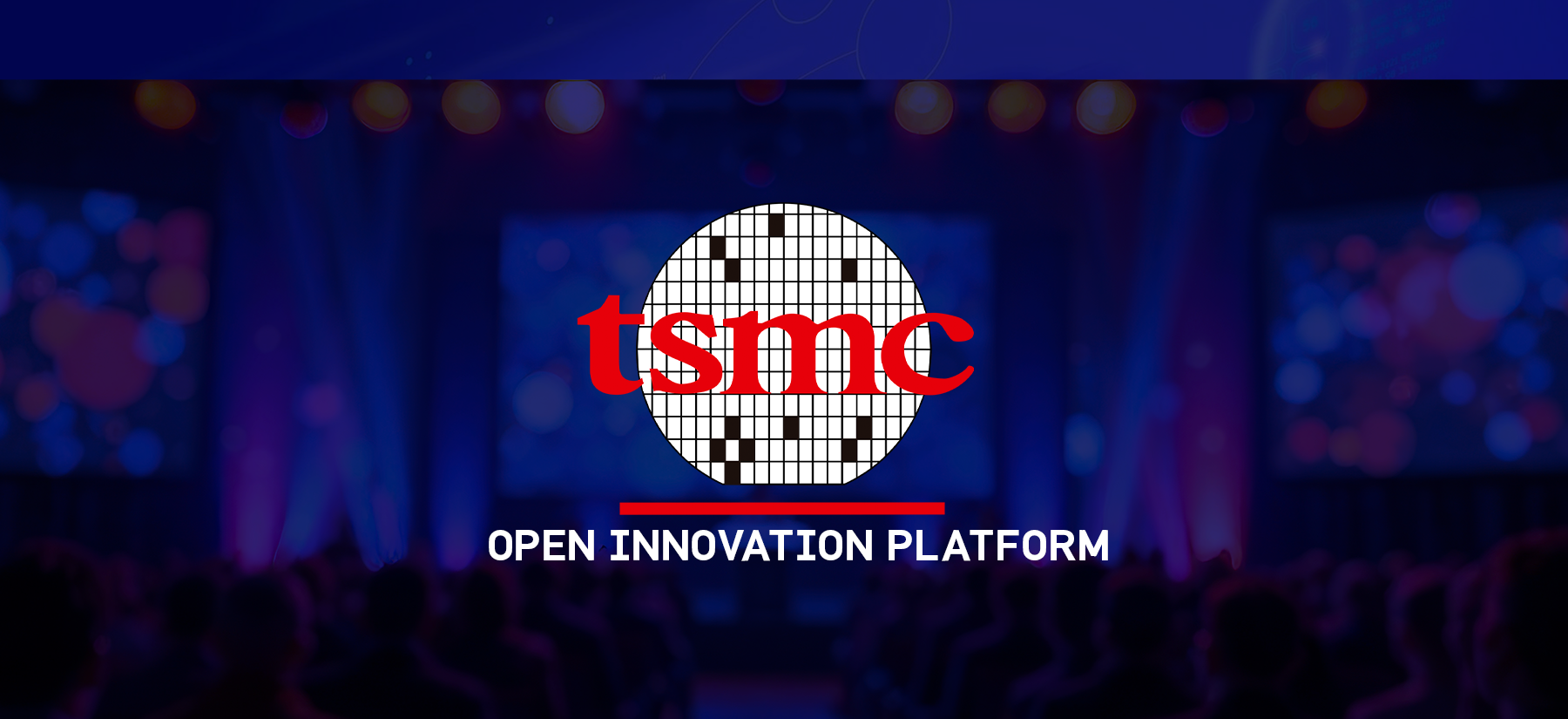
Date & Time
August-02, 08:00 am to August-02, 08:30 am
Venue
On-demand
Demystifying CBRS and the Role of Domain Proxy: Podcast
Discover the potential of Citizens Broadband Radio Service (CBRS), a shared spectrum that enhances wireless broadband and boosts mobile network capacity. Learn why CBRS is essential for reliable connectivity, outperforming WiFi with dedicated spectrum access. Understand the crucial role of Domain Proxies in ensuring efficient spectrum management and compliance and its use cases.
ACL Digital offers a comprehensive CBRS Domain Proxy solution, from consulting and network design to implementation and managed support.
Join us to explore expert insights, practical tips, and how CBRS can transform private connectivity.
Speaker

Prabhu Anandh Sivakumar
Host

Satish Kurundwad
The transcript of the podcast appears below:
Satish: Welcome to the ACL Digital Podcast, where we explore the cutting edge of technology and its impact on various industries. Today, we’re diving into the world of Citizen Broadband Radio Service, or CBRS, and uncovering the crucial role of Domain Proxies in this new era of wireless connectivity. Joining me today is Prabhu Anandh Sivakumar, a leading expert in CBRS technology. Prabhu, welcome to the show!
Prabhu: Thank you, Satish. Excited to be here!
Satish: So, Prabhu, let’s start with the basics. What exactly is CBRS, and why was it created?
Prabhu: CBRS stands for Citizens Broadband Radio Service, created by the Federal Communications Commission (FCC) in 2015. It is a 150MHz spectrum available in the United States which was previously used by the US Federal Government & Fixed Satellite Services. It is now used for private 5G and private LTE network deployments.
It has 3 levels/tiers of access. Tier 1 is Incumbent Access License and it is used by Federal & fixed satellites. Tier 2 is Protected Access License (PAL), 10 MHz spectrum chunks offered for a 10 year license through spectrum auctions. Tier 3 is General Authorized Access (GAA) license available for General public which can be obtained through Spectrum Access System (SAS)
Let me explain this with an example. Imagine a highway with a dedicated lane just for ambulances. It is a good idea, in fact a great idea since it will be saving a lot of lives. But, most of the time that lane will remain unused. But, isn’t that lane going to remain unused for most of the time? Answer is yes. Instead, how about installing smart-remote-operated lane light markers along the dedicated lane and then opening it to the general public.We just need to make sure the citizens yield when an ambulance is approaching and move over when the smart lane light markers are lit. It will ensure optimal use of the lane by both public and ambulances, won’t it? The same concept is applied to CBRS spectrum.
Similarly, Spectrum Access System applies the same concept for sharing the CBRS spectrum among federal & non-federal users.
Satish: That’s a great analogy! And why is CBRS needed? Why not WiFi?
Prabhu: Think about the ever-growing demand for data and the limitations of traditional Wi-Fi and cellular networks. CBRS offers a wider range (2x more than WiFi), higher capacity, and a more secure alternative, perfect for applications like private LTE networks for factories, smart city deployments, and even rural broadband access.
Satish: Now, let’s talk about Domain Proxies. What are they, and how do they fit into the CBRS ecosystem?
Prabhu: Domain Proxy acts as an aggregator and a proxy between the CBRS Devices and SAS (which allocates and maintains the CBRS spectrum)
Let’s take another example. Imagine a bunch of people going to a restaurant and placing their order with a waiter. Waiter ensures he takes everyone’s order, passes it on to the chef and when the food is ready, delivers it back. Just like the waiter in this example, Domain Proxy acts as an aggregator and a proxy between the CBRS Devices and SAS which allocates and maintains the CBRS spectrum
Satish: Can you give us a concrete example of how a Domain Proxy works in a larger use case?
Prabhu: Sure. Let’s say there is a concert happening in a large open field. Imagine setting up a wired/wi-fi network for such a big event is time consuming and cumbersome. It is time consuming and very difficult to set it up. Instead, we can strategically place a few CBRS access points, all of which can be controlled by a Domain Proxy. And, it can offer reliable connectivity to security systems, ticketing systems, organizers, event managers, staff and can be even used for networked lighting.
Satish: That’s fascinating! And what about ACL Digital’s Domain Proxy offerings? What makes them unique?
Prabhu: We offer a comprehensive suite of Domain Proxy solutions, both functionally and technically advanced. We ensure seamless integration with various network equipment, provide robust security features, and offer real-time monitoring and analytics for optimal performance. It can be used as a standalone solution or can be integrated with EMS.
Satish: Sounds impressive! Who are the target users for your CBRS Domain Proxy solutions?
Prabhu: Our solutions cater to a wide range of users, from mobile network operators and enterprises to rural communities and even individual innovators. We have offerings tailored to specific industry domains like manufacturing, healthcare, education, and transportation.
Satish: This is truly exciting stuff, Prabhu. CBRS and Domain Proxies have the potential to revolutionize wireless connectivity. Thank you for sharing your insights with us today!
Prabhu: Thank you for having me, Satish. I believe CBRS is a game-changer, and Domain Proxies are key to unlocking its full potential.
Satish: That’s it for today’s episode of the ACL Digital Podcast. We hope you gained valuable insights into CBRS and the role of Domain Proxies. Stay tuned for more exciting tech discussions in the future!
Don’t Miss Out on Our Latest Events – Register Today!
Explore Other Events

Reinventing IT Operations with AIOps: From Reactive to Predictive




ACL Digital at SCDM 2025 Annual Conference

